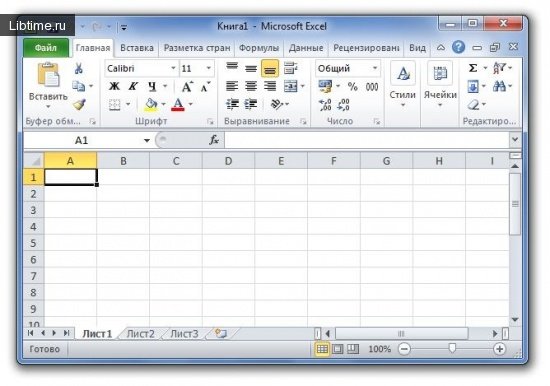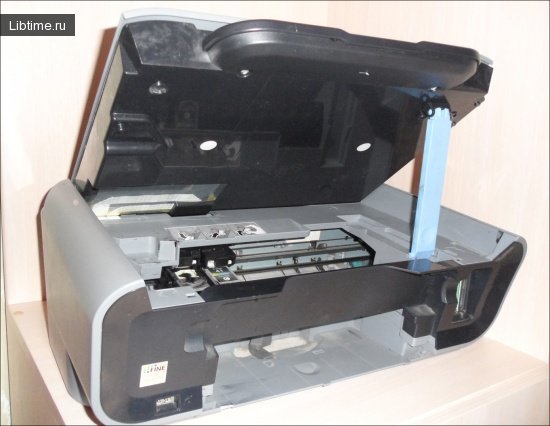What is CD-ROM
A CD-ROM is a device for reading data that is recorded on an optical CD-ROM.

The carrier of information on a CD is a relief substrate made of polycarbonate 120, 80 mm, on which a thin layer of light-reflecting metal (aluminum, sometimes gold) is applied. When writing the matrix of the CD, the laser beam "burns" in it the smallest pits - Pit (Pit), leaving reflective surfaces of the metal disk - Land (Land).
After that, the matrix (master disk) is sent to the production shop, where many polycarbonate copies are stamped from it. Then the relief base is metallized and another, thinner layer of varnish is added to protect the metallic layer.

When the disk is read by another, the reading beam reflects off the pit areas and the lends in different ways. More precisely, it is not reflected from the pits - the pits absorb the beam, do not allow it to be reflected. Thus, pit gives a signal "zero", and land - "one". And the combination of zeros and ones is the essence of any computer information. From the center to the edge of the CD, a single 0.4 µm wide track is applied in the form of a spiral with a pitch of 1.6 µm.
The entire surface of the CD is divided into three areas in the form of rings placed from the center to the edge of the CD. The initial area (Lead-In) is placed closer to the center of the disk. When a personal computer initializes the disc, the Lead-In area is read first.
This area contains the title of the disk, the Table of Contents, a table of addresses for all records, the disk label, and some service information. The middle area contains the main information on the CD and occupies the bulk of the disk. The Lead-Out area of the disk contains the disk end label.
What a CD-ROM consists of
A CD-ROM drive consists of the main components:
- an electric motor that spins the disk;
- an optical system, which consists of a laser emitter, optical lenses and sensors, designed to read information from the surface of the CD-ROM;
- microprocessors that control the mechanics of the drive, the optical system and the decoding of the read information into binary code.
The compact disk is spun by an electric motor. A beam from a laser emitter is positioned in the desired area using the drive's optical system. The beam is reflected from the disk surface and passes through a prism to a special sensor. The ray stream is converted by the sensor into an electrical signal, which is processed by a microprocessor.
CD-ROM capacity. CD-ROM capacity is 650-700 Mbytes (180-210 Mbytes on disks with a diameter of 80 mm). On disks of this type you can fit 74 minutes of audio recording or up to 2 hours of TV-quality video in MPEG-4 format.
Data Transfer Rate in CD-ROM
Data Transfer Rate is a value that characterizes the maximum speed at which the drive transfers data read from a CD-ROM to RAM. The data transfer rate increases from the start sectors to the end sectors.
The transfer rate of the drive's inner ring is called the Inside Data Transfer Rate, and the outer ring is called the Outside Data Transfer Rate. The data sheet lists the Outside Data Transfer Rate. Thus, the Sony 52x drive is Sony's 52 speed disk drive.
Data is read 52 times faster than a floppy disk drive (or a regular audio player), which has a read rate of 150 kbytes/second. That is, multiplying 52 by 150 we get the data transfer speed of the Sony 52x drive equal to 7800 kbytes/s.
CD-ROM interface. CD-ROM can have a standard interface to connect to the IDE connector (E-IDE), and SCSI (Small Computer System Interface).
But CD-ROM disks even in the name are designated as read-only devices. However, today there are devices that allow you to write such disks independently - these are CD-R and CD-RW disk drives.


